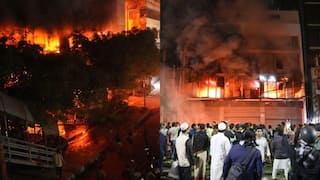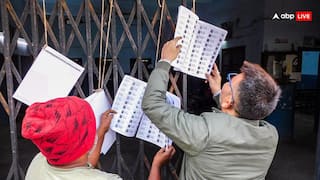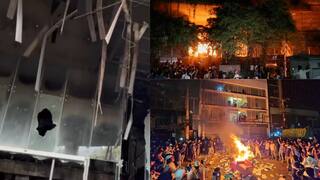PPDR Explained: What Is Public Protection & Disaster Relief Communication Network? Here's How To Make It 'Next-Gen'
TRAI recommendations on "next-generation" PPDR communications have been accepted by the Government. Let's understand what this means.

The Modi 3.0 Government on Wednesday accepted recommendations from the Telecom Regulatory Authority of India (TRAI) concerning the implementation of next-generation Public Protection and Disaster Relief (PPDR) communication networks. This decision aims to integrate advanced communication technologies to facilitate seamless coordination among various state and national agencies, including police forces, Central Armed Police Forces (CAPFs), and other security and disaster relief agencies. This announcement was made by Minister of State for Home Affairs of India Nityanand Rai in a written reply in Rajya Sabha.
Now, you could be wondering what is PPDR and what a "next-generation" iterative of it might work like. Let's take a closer look.
What Is PPDR Communication?
Public Protection and Disaster Relief (PPDR) communications refer to specialised radio applications used for security, public safety, and defence.
These systems are crucial during emergencies, enabling authorities to respond effectively to disasters and provide critical safety information to the public.
ALSO READ: Nepal Plane Crash Video Shows Moments Leading To The Disaster At Kathmandu Airport
How Do Next-Generation PPDR Comms Work?
To address the limitations of existing PPDR networks, the new generation of PPDR communication will utilise PS-LTE technology, which boasts enhanced broadband capabilities.
This approach involves a unified framework and comprehensive policy to leverage advanced mobile technologies such as 4G (LTE/LTE-Advanced) and 5G. The aim is to establish an integrated PPDR network that meets the stringent requirements of emergency services and adheres to global standards set by the 3rd Generation Partnership Project (3GPP).
As per the Directorate of Coordination Police Wireless (DCPW), PS-LTE technology offers several advantages, including the ability to transmit rich multimedia content like live video and high-resolution images from disaster sites.

This feature significantly enhances the coordination and effectiveness of disaster response efforts. The widespread deployment of LTE infrastructure also promises improved coverage and capacity for PPDR agencies.
The integration of enhanced LTE technology ensures a harmonised spectrum and standardised services across the PPDR system, enabling different agencies to operate on a common communication platform without geographical limitations. This interoperability is crucial for efficient communication among various government departments such as fire services, police, ambulance services, and security forces.
Benefits Of PS-LTE
Key benefits of PS-LTE include high spectral efficiency, increased data rates, minimal round-trip delay, scalable bandwidth, and flexible frequency allocation. Dedicated spectrum allocation and the monetisation of unused capacity can further enhance the adoption of PPDR communication technologies. The ability to share live videos and images instantaneously among group members, without latency, is critical for effective emergency response.
PPDR applications require superior priority, access delay, quality, and security compared to commercial services. PS-LTE technology, driven by 3GPP IMS standards, ensures the highest quality of service (QoS), priority, and pre-emption (QPP) for mission-critical services. These standards are continually evolving to incorporate 5G capabilities, ensuring a smooth transition to future technologies.







































